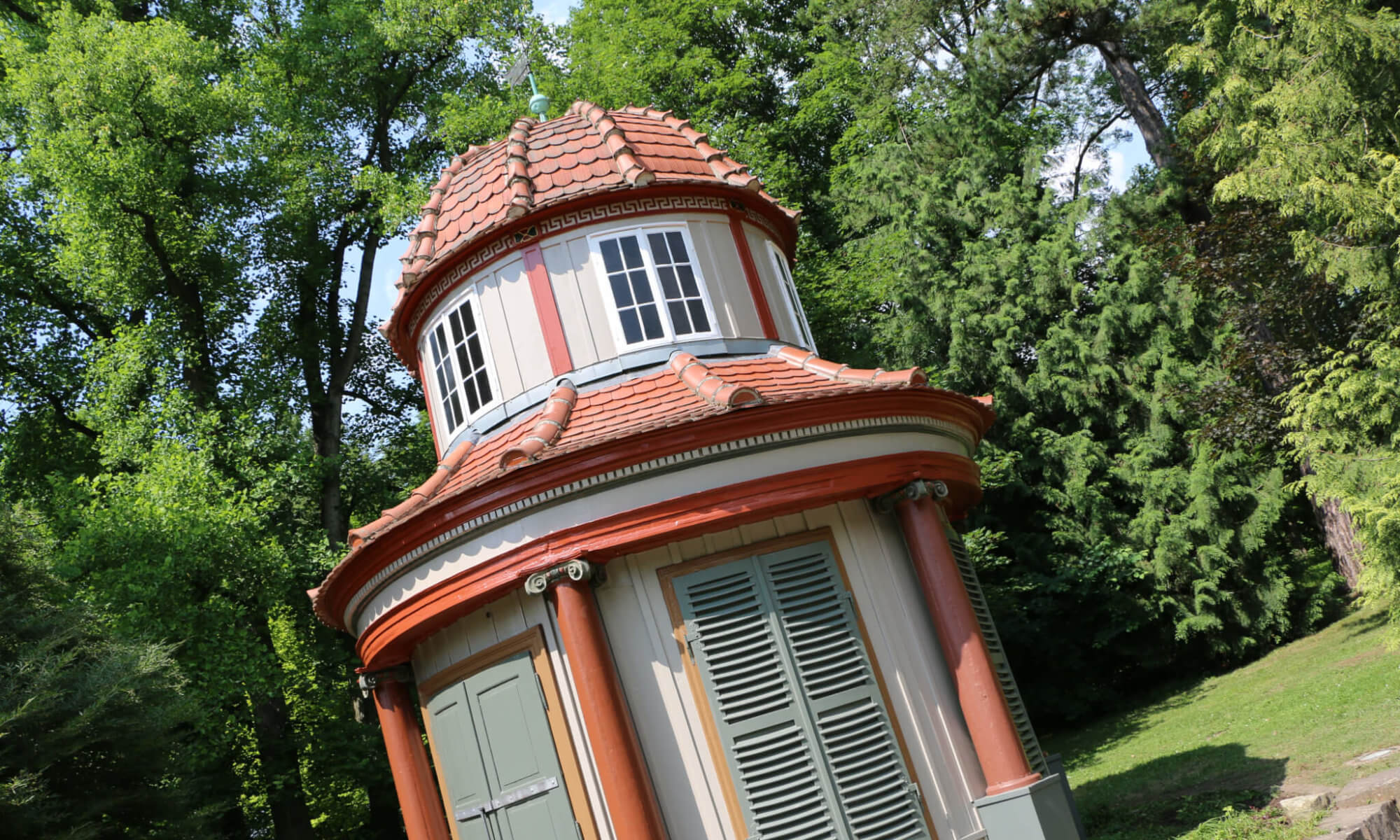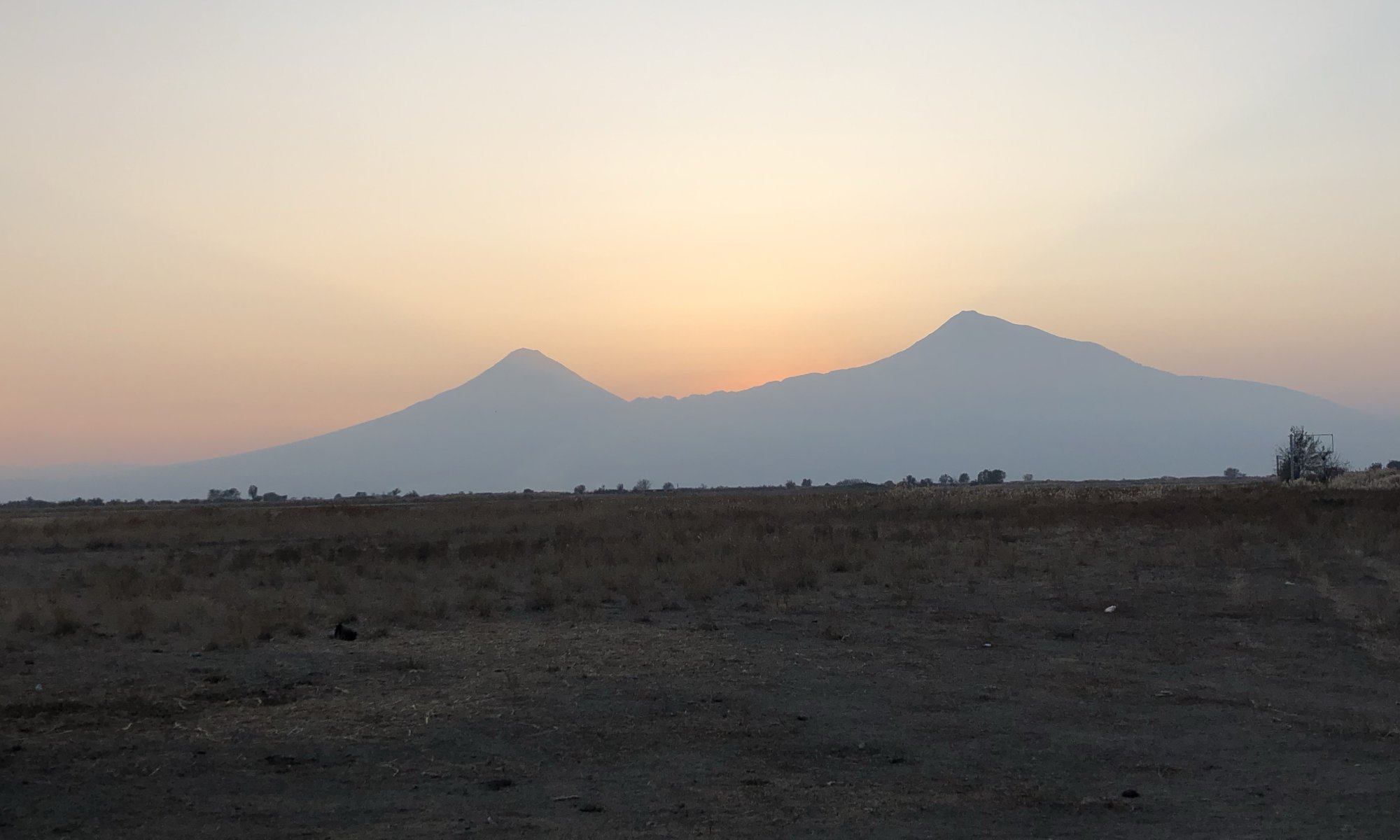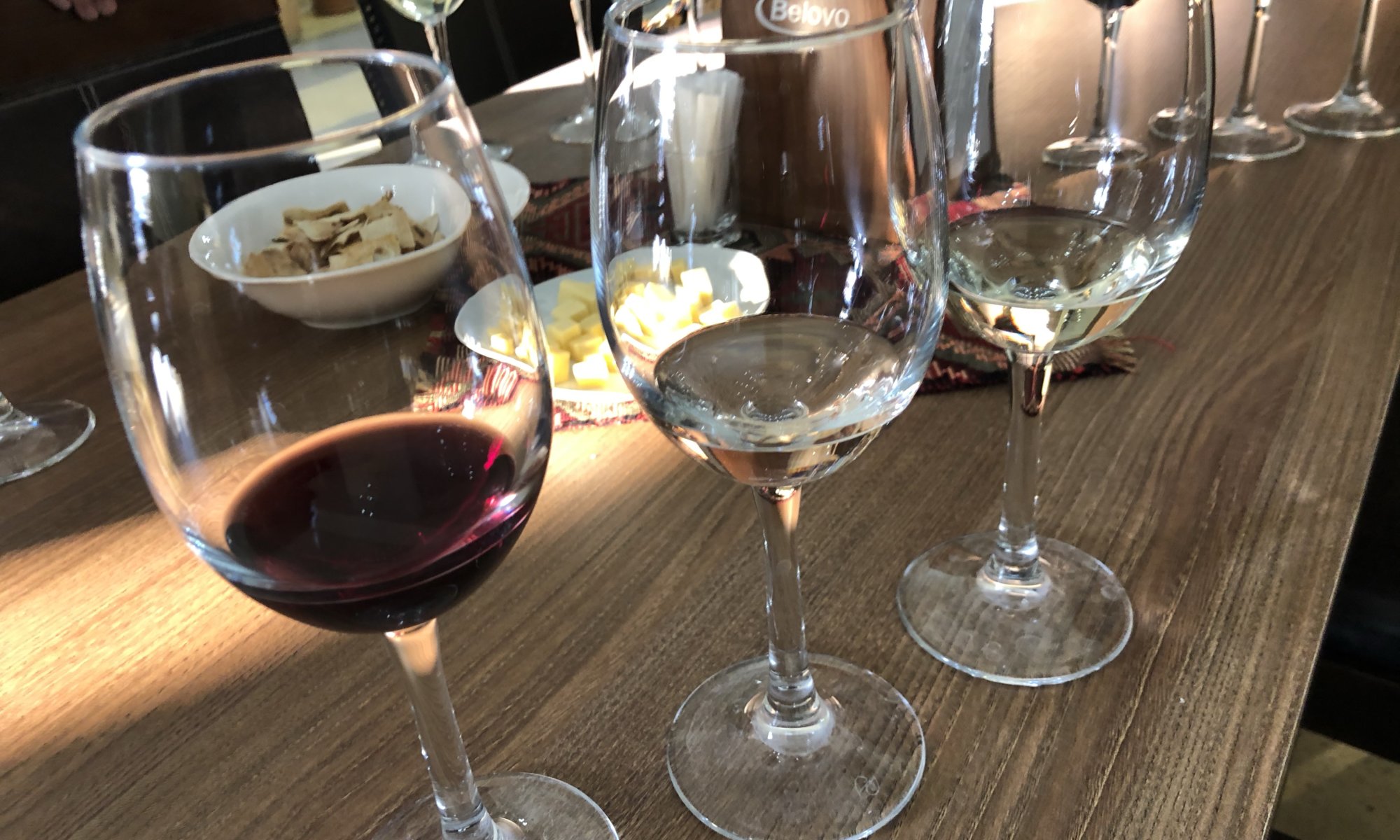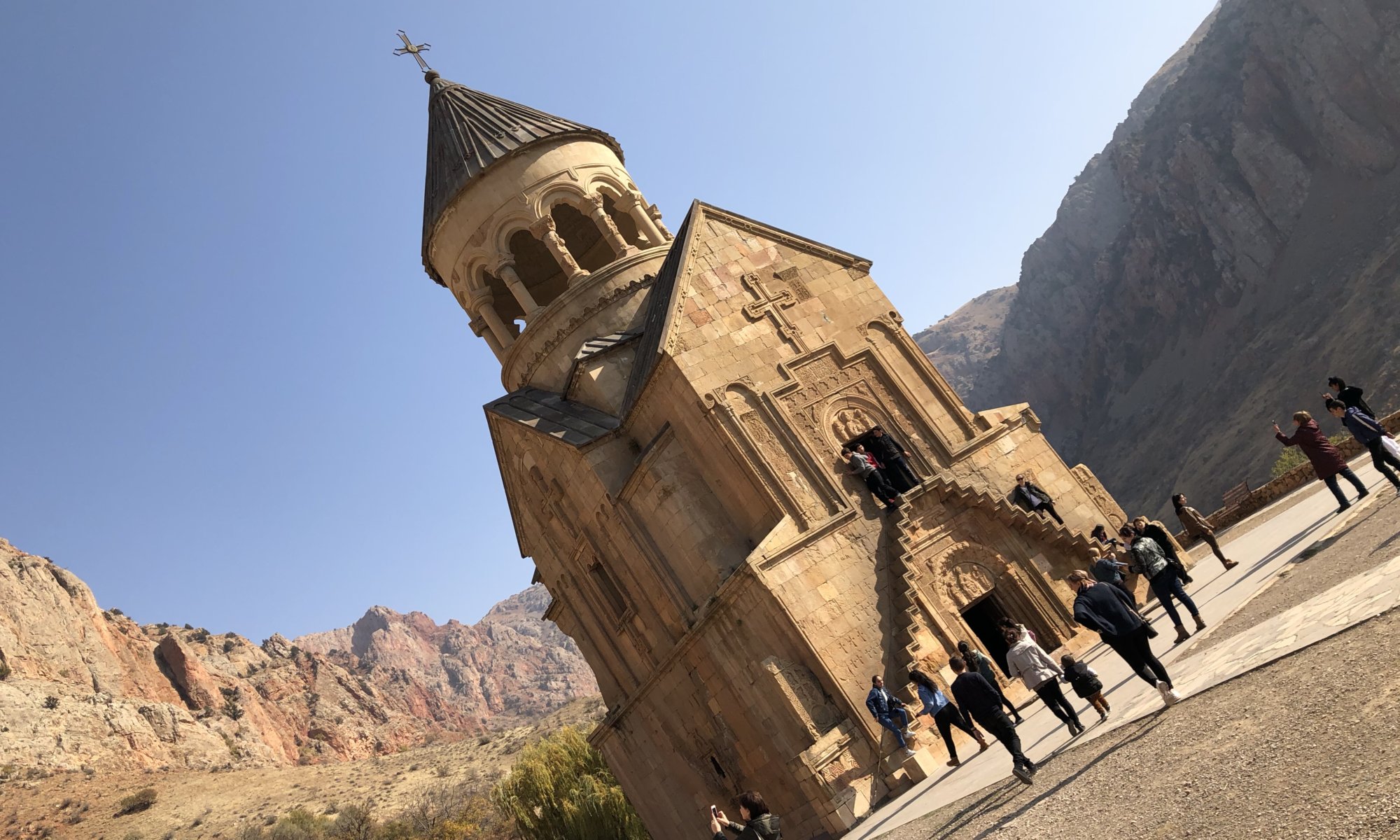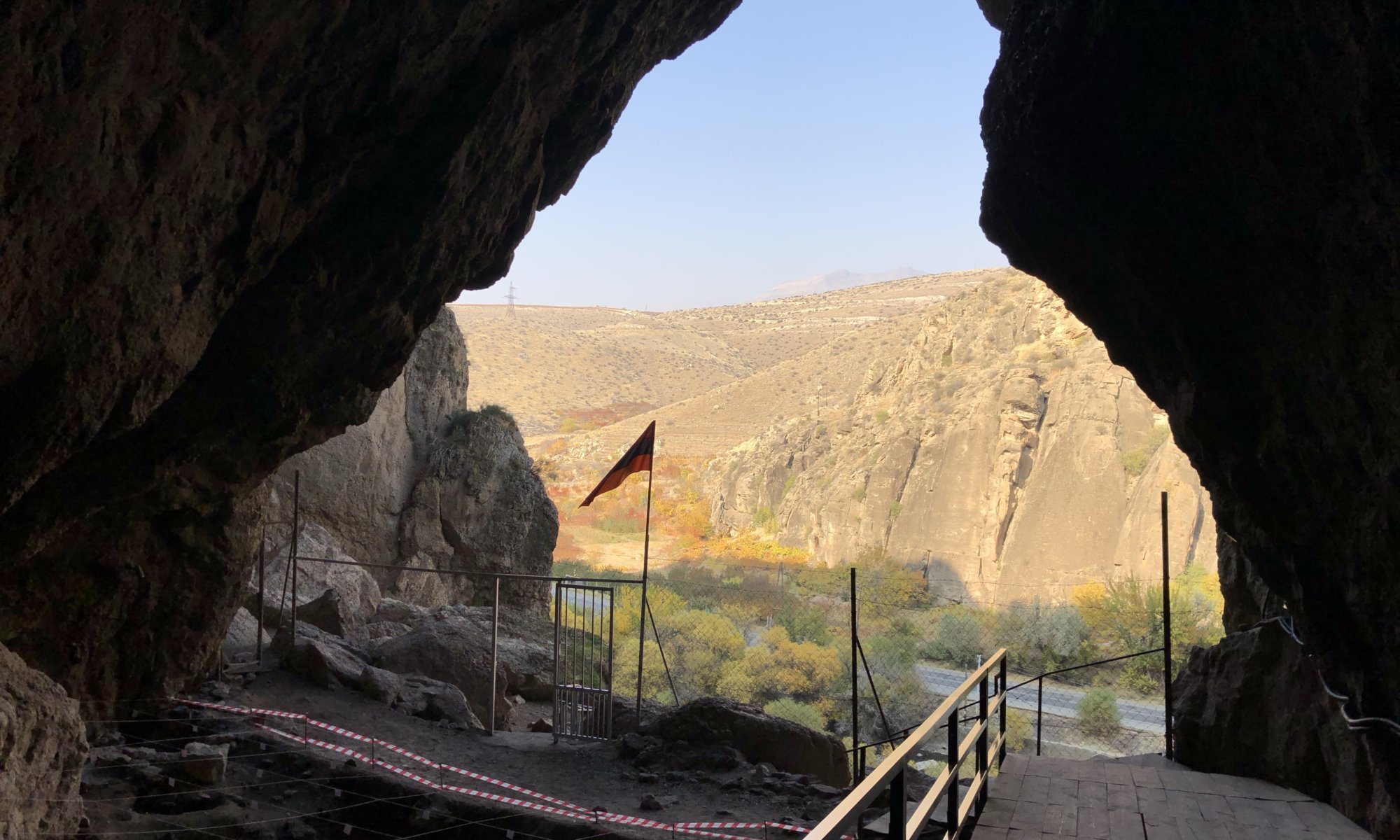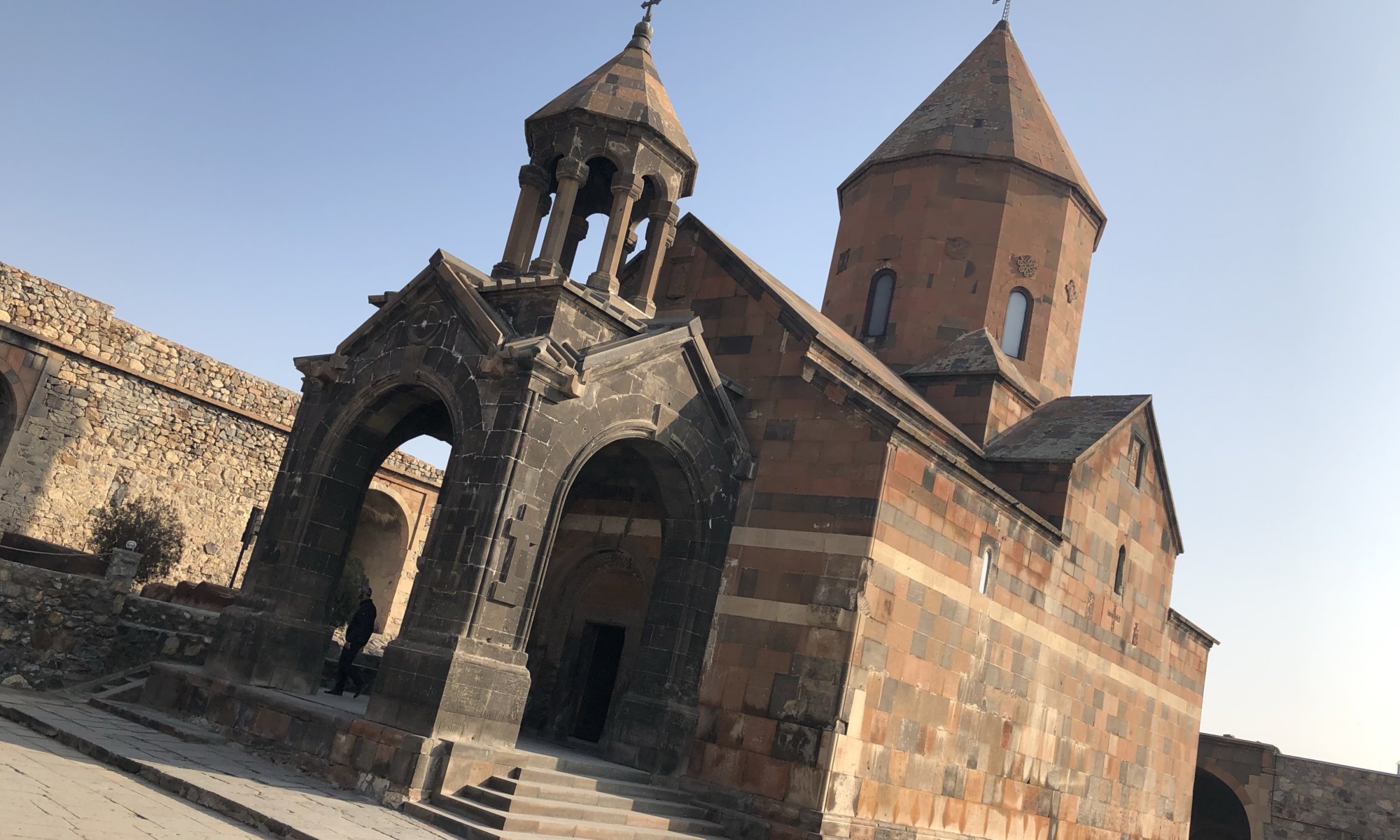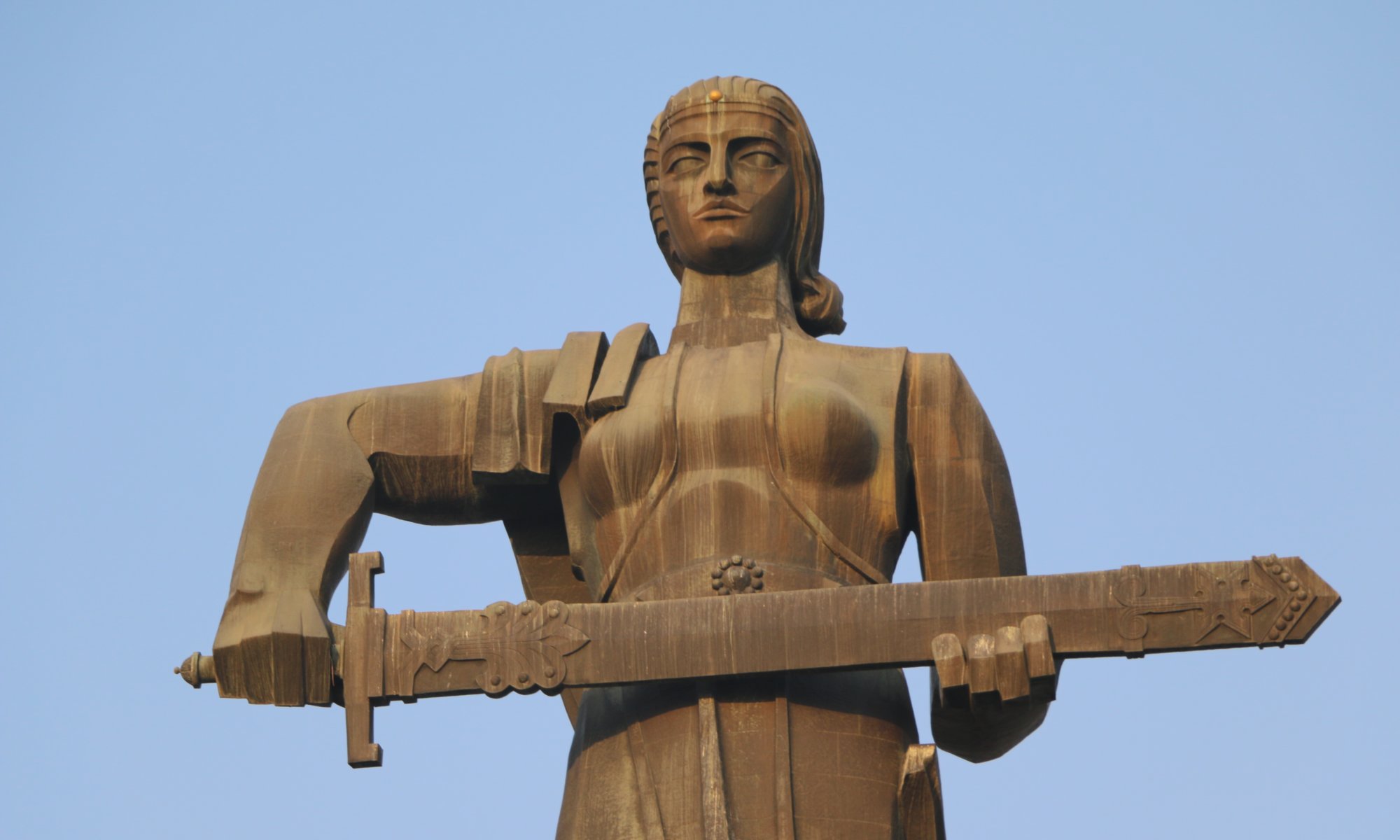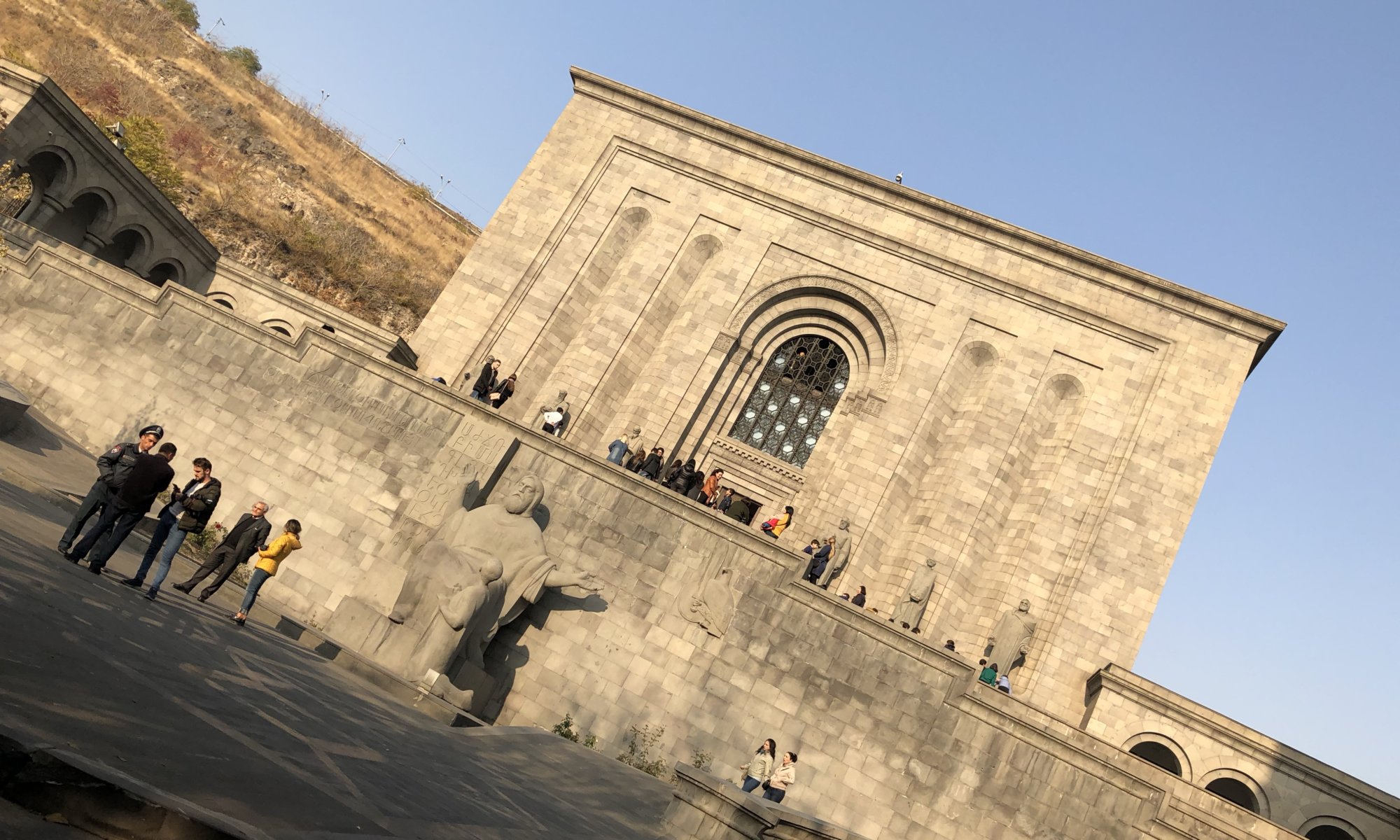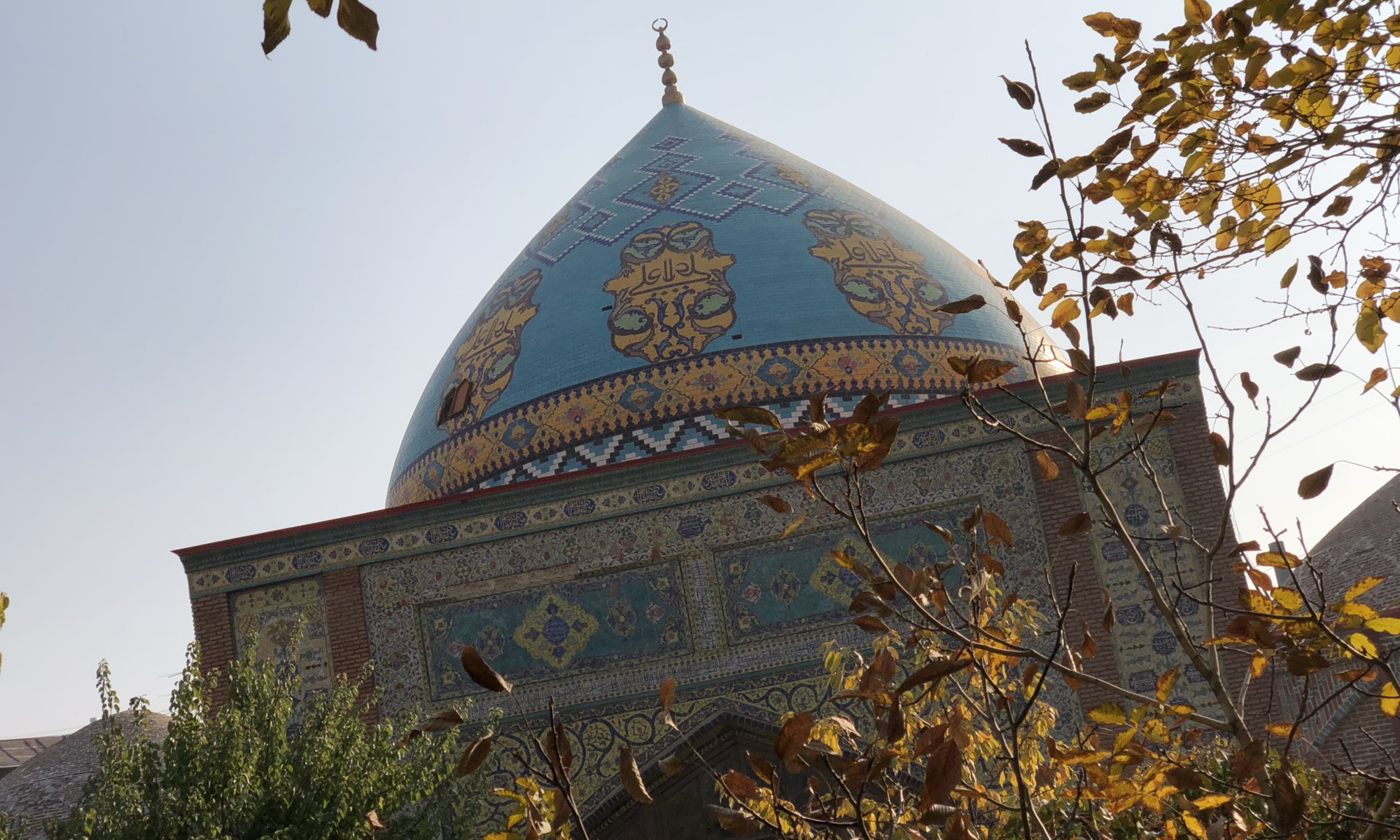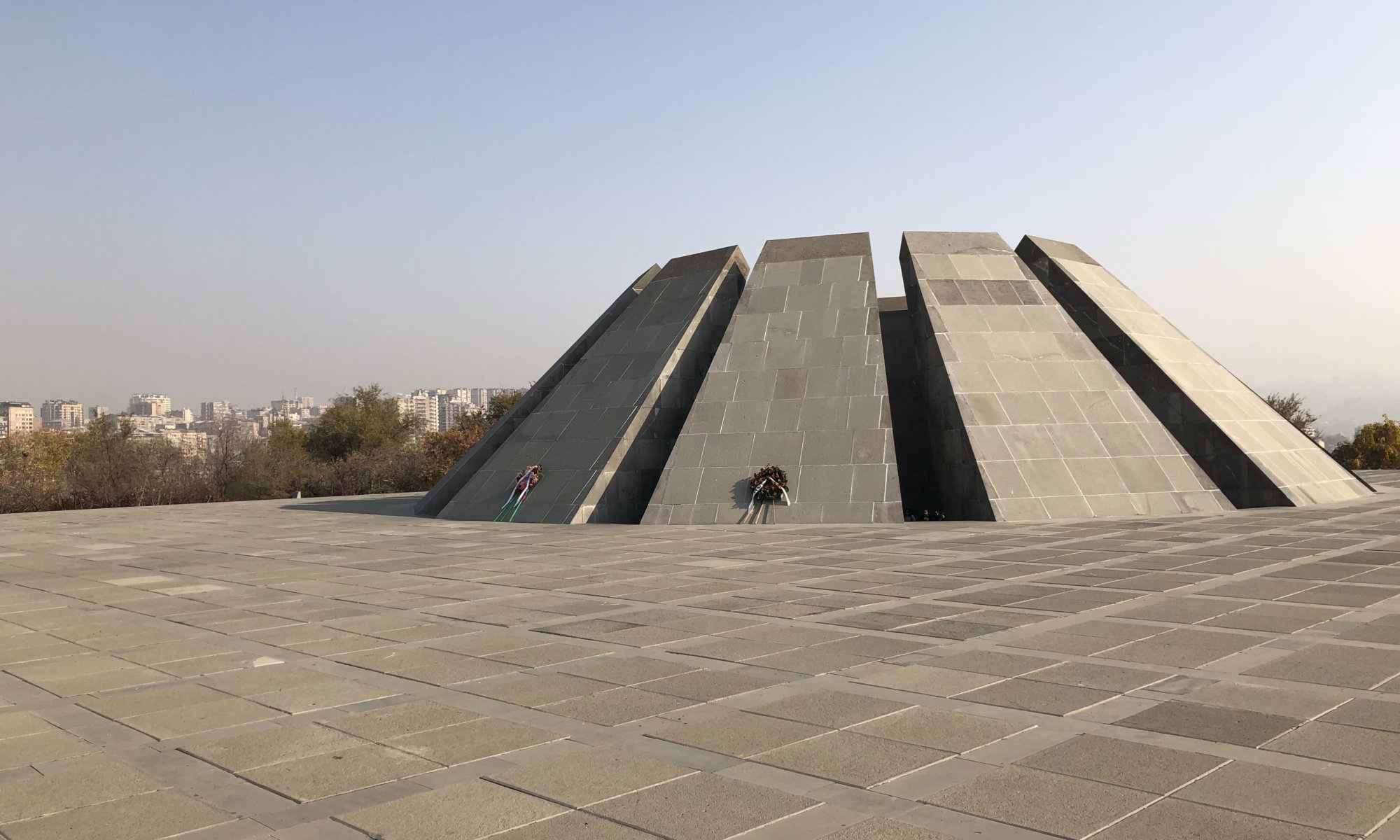The Ararat is a mountain in Turkey, close to Armenia, Iran and the exclave Nakhchivan of Azerbaijan. It is 5137 meters high and better referred to as the Greater Ararat as it also has a neighbour: the 3896 meters high Little Ararat. The Armenians once settled around the Ararat and consider it their holy mountain. It is still today part of the coat of arms of Armenia which caused diplomatic problems with Turkey. The response of the Soviet government was convincing: Turkey also has the moon in its flag without the moon being part of Turkey.
Continue reading “Ararat”Areni winery
The Areni grape is used to make wine in Armenia and Turkey. It is said to be used already by Noah on mount Ararat very long ago and archaeologists believe that is in use for 6,000 years. On the international wine market, it is mostly unknown but some times wines based on the Areni grape get high ratings. Armenian wine has a special taste rather uncommon for western Europeans but it is quite delicious. A place where this grape is used very often is a town with the same name: Արենի.
Continue reading “Areni winery”Noravank
Noravank is one of the most beautiful Christian monasteries in Armenia. It is located in the South of the country not far from the city of Արենի at the end of a valley. The different buildings are made from the red stone of the surrounding mountains which works a little bit like camouflage. It dates back to the 13th century, was partially destroyed during an earthquake in 1840 but afterwards restored. Within a protective wall, you can visit three churches and the remains of further buildings necessary for a monastery.
Continue reading “Noravank”Areni-1
A very important place for archaeologists is the cave called Areni-1 or ‘birds cave’ near Արենի, Armenia. It was discovered in 1970 and after excavations, it is believed that it was used by humans since the stone age. Because of the temperature in the cave it could be used to store food – it is like a large fridge. But throughout the cave also religious traces could be found: the heads of young girls, human sacrifices. Within additionally coins from Egypt and the Arab world were found showing that the famous silk road was leading through this area.
Continue reading “Areni-1”Khor Virap
Խոր Վիրապ is a Christian monastery located in Armenia at the border to Turkey. It is located on a mountain and very close to Mount Ararat – therefore it is very often depicted in media about Armenia. The place is deeply connected to the history of Gregory the Illuminator, a Christian martyr who was imprisoned in a deep hole in the ground by the Pagan king. It is said that he survived there for 15 years and three hundred years later a church was built here. Still today people get to this place to visit the hole in the ground.
Continue reading “Khor Virap”Mother Armenia
On a hill above the city centre of Երևան, Armenia, you can find the Haghthanak park (victory park) – accessible on foot by climbing up the cascade complex. Here you will find green areas, an artificial lake, an amusement park with interesting old attractions. It also contains a 56 meters high monument visible from many parts of the city: the Mother Armenia commemorating the Soviet victory over Nazi Germany in World War II.
Continue reading “Mother Armenia”Matenadaran
Ever heard of Mesrop Mashtots? Probably not. He was living between 360 and 440 CE in Armenia and invented the beautiful Armenian alphabet. You will get to know him when visiting Matenadaran (meaning ‘library’ in old Armenian language), the Mesrop Mashtots Institute of Ancient Scriptures – a statue of him is standing in front of it. The wonderful building is just a portal; behind it, you will find a museum and its storage carved deep into the mountain to protect the content even in case of an attack with an atomic bomb.
Continue reading “Matenadaran”Blue mosque
The Gaj Dschami is the only mosque that survived Soviet times at Երևան, Armenia. It is a rather plain mosque dating back to the 18th century. Today it is a museum and it has a nice garden at its centre. It was restored during the last two decades with the help of Iran and is today owned by the Iranian embassy in Armenia. You can easily enter the grounds of the mosque and also access the mosque itself – just remember to take your shoes off.
Continue reading “Blue mosque”Zizernakaberd
East of the city centre of Երևան, Armenia, you can find a mountain formerly covered with forest – the Zizernakaberd (swallows’ fortress). On its top, you can nowadays see two things: a giant sports and culture centre for up to 6,000 spectators and more important, the central remembrance place for the genocide against the Armenians in 1915. It is a catastrophic end of a long-lasting history of conflicts based on religion – between the Christian Armenians and the Muslim Turks.
Continue reading “Zizernakaberd”Schloß Rheydt
To be honest, the city of Mönchengladbach, Germany, isn’t such a beauty. If you want to visit a wonderful building you’ll have to travel a bit and search the castle Schloß Rheydt in the outskirts of the city. No worries: buses from the train stations (Hauptbahnhof, Rheydt) bring you there easily. It is a water castle created in Renaissance style between 1558 and 1591. The manor house is very beautiful and it is especially nice to get here in the evening hours when it is enlighted in warm colours. In 1940 Joseph Goebbels wanted to use it as a guest house, today you’ll find a good restaurant and an interesting museum here.
Continue reading “Schloß Rheydt”